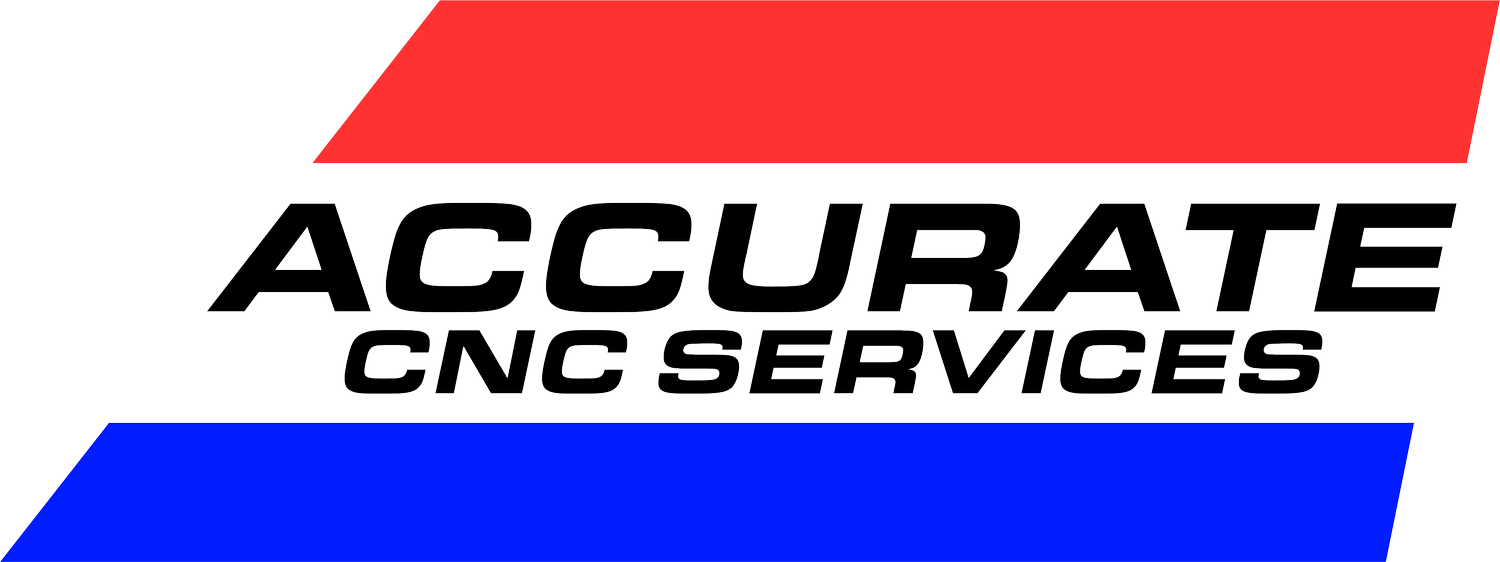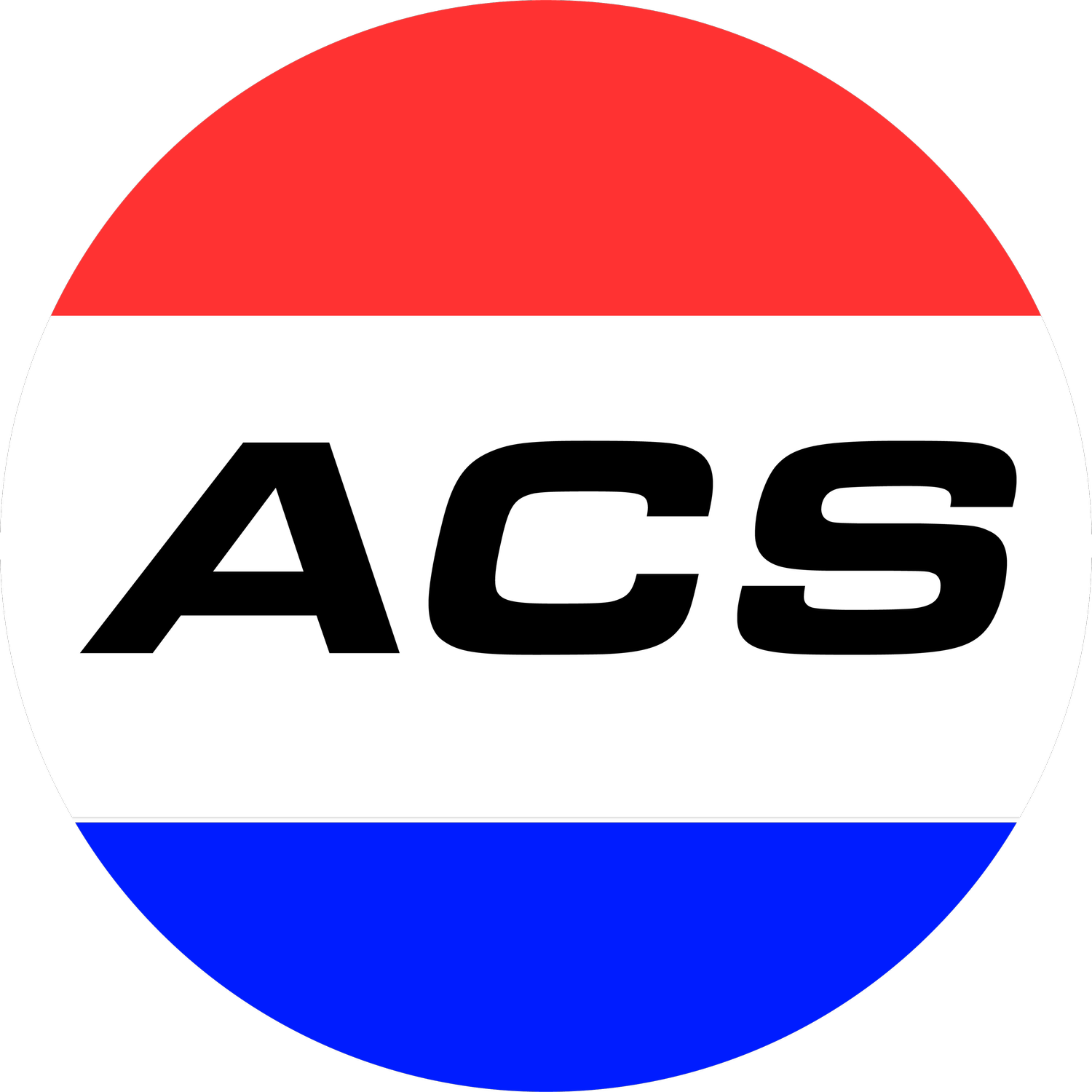Our Simple 3D Printing Pricing: Just Double Your Material Cost
As manufacturing obsessives, diving into 3D printing has been a thrilling process, opening up new possibilities to our customers and to our shop. And while we love tackling new technical challenges, not every aspect of adding new capabilities is fun. At Accurate CNC, one of the early headaches was determining our additive manufacturing pricing structure.
Because we always aim for an easy and transparent customer experience, we decided that a simple structure was best: double the material cost of your model. That’s it—no complex calculations or surprise fees.
Find out why we decided on this simple structure, and how we can help you if you don’t know your material costs.
Our Journey to Simple 3D Printing Pricing
When we entered the 3D printing space, we explored how other shops structured their pricing. We often found complicated formulas involving factors like material usage, electricity costs, machine depreciation, post-processing time, and more.
Prusa, a leading filament 3D printer manufacturer, offers an online calculator that many shops use. This calculator is helpful in finding a price, yet even this simplified tool shows how complex calculations can become for many projects.
As we went down this additive manufacturing pricing rabbit hole, we asked ourselves: Why make this so complicated? We never wanted potential customers to hesitate because they couldn't predict costs, or, worse, be shocked by a quote they couldn't understand.
Now, whether you’re a hobby printer who needs additional capacity or you’ve got a new idea and need rapid prototyping services, you can have an accurate estimate of price before you even speak with us. And once you provide us with some basic information, we can turn around a rapid quote.
How We Calculate Your 3D Printing Price
The math is refreshingly simple:
Step 1: Calculate the material cost of your model (including supports)
Step 2: Multiply by two
And that’s all it takes to find your final price.
Step 1 will be easiest for customers who are already familiar with 3D printing. You will typically have the weight of your model in a slicer, and some slicers will automatically pull filament prices into your file. Many modern slicers like Bambu Studio even calculate material costs automatically using current market prices.
This streamlined approach has proven fair and led to competitive pricing, making life easier for both our shop and our customers. While we might occasionally charge less than other shops, the time saved on quote negotiations benefits everyone.
Don’t Know Your Material Cost? Talk to Us
We know that not everyone is experienced in 3D printing, so we’re always happy to help you determine your weight and your price. If you can provide us with a model and some details on your part’s end use, we can determine your requirements in material thickness, supports, and infill pattern.
And if you need more guidance, we’re your shop. After all, we love helping customers with little to no manufacturing experience turn their napkin sketch into a reality, in 3D printing and beyond. Whether you need CNC router services or laser engraving, our Idaho machine shop is ready to tackle your next part.
Request a quote today to get started on your next 3D printing project!


